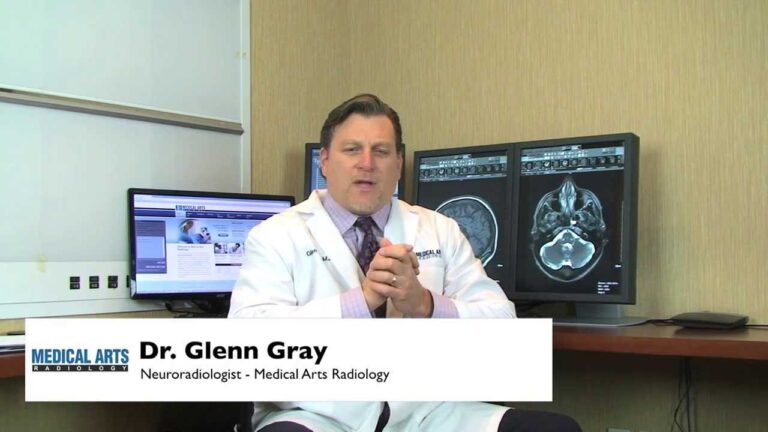Lucrative Dermatology PA Career: Job Description & Salary

Dermatology Physician Assistant Job Description Template
Dermatology Physician Assistant Job Description A Dermatology Physician Assistant (PA) is a healthcare professional who works under the supervision of a licensed dermatologist to provide medical care for patients with skin conditions. They play a crucial role in assisting dermatologists in diagnosing and treating various skin conditions, such as acne, eczema, psoriasis, and skin cancer. Responsibilities: – Conducting patient assessments and medical histories to determine the nature and extent of skin conditions. – Performing physical examinations of patients and documenting findings. – Ordering and interpreting diagnostic tests, such as biopsies and allergy tests. – Assisting dermatologists in surgical procedures, such as mole removal and skin biopsies. – Prescribing medications, including topical creams, oral antibiotics, and immunosuppressants. – Educating patients on proper skincare routines and providing recommendations for managing their skin conditions. – Collaborating with other healthcare professionals, such as nurses and pharmacists, to ensure comprehensive patient care. – Keeping up-to-date with the latest advancements in dermatology by attending conferences and participating in continuing education programs. Skills and Qualifications: – Bachelor’s degree in a healthcare-related field. – Completion of an accredited physician assistant program. – Certification as a Physician Assistant. – Strong knowledge of dermatology principles and practices. – Excellent communication and patient counseling skills. – Attention to detail and the ability to work independently. – Proficiency in using electronic medical record systems. – Ability to handle stressful situations and multitask effectively. Overall, a Dermatology Physician Assistant plays a vital role in providing comprehensive healthcare services to patients with skin conditions. They assist dermatologists in diagnosing and treating patients, while also educating them on proper skincare routines and managing their conditions effectively.Dermatology Physician Assistant Responsibilities
Dermatology Physician Assistant Requirements
How Much Does A Dermatology Physician Assistant Make?
Dermatology Physician Assistant Salary
| Experience Level | Salary Range |
|---|---|
| Entry Level | $80,000 – $100,000 |
| Mid-Career | $100,000 – $120,000 |
| Experienced | $120,000 – $140,000 |
| Advanced | $140,000 – $160,000 |
| Expert | $160,000+ |
A Dermatology Physician Assistant’s salary varies based on their level of experience. Entry level PAs typically earn between $80,000 and $100,000 per year. As they gain more experience and move into mid-career, their salary range increases to $100,000 – $120,000. Experienced PAs can expect to earn between $120,000 and $140,000, while those at the advanced level may earn $140,000 – $160,000. PAs who are considered experts in the field can earn $160,000 or more annually. These salary ranges may also vary depending on factors such as location, employer, and additional certifications or specializations.
Dermatology Physician Assistant Salaries by Country
Top Paying Countries for Dermatology Physician Assistant
| Country | Average Salary |
|---|---|
| United States | $110,000 |
| Canada | $100,000 |
| Australia | $95,000 |
| Switzerland | $90,000 |
| Netherlands | $85,000 |
These are the top paying countries for Dermatology Physician Assistants. The United States offers the highest average salary of $110,000, followed by Canada with $100,000. Australia, Switzerland, and the Netherlands also provide competitive salaries ranging from $85,000 to $95,000. It is important to note that these figures may vary depending on factors such as experience, qualifications, and regional demand. Dermatology Physician Assistants in these countries can expect lucrative opportunities in their field, making them attractive destinations for professionals in this role.
A video on the topic Dermatology Physician Assistant
Video Source : Anne ArundelInterview Questions for Dermatology Physician Assistant
1. What qualifications and certifications do you have as a Dermatology Physician Assistant?
As a Dermatology Physician Assistant, I have completed a Master’s degree in Physician Assistant Studies and obtained certification from the National Commission on Certification of Physician Assistants (NCCPA). Additionally, I hold a state license to practice as a Physician Assistant in dermatology.
2. How many years of experience do you have in dermatology?
I have been working in the field of dermatology for 5 years. During this time, I have gained valuable experience in diagnosing and treating various skin conditions, performing dermatological procedures, and providing patient education.
3. What specific dermatological procedures are you skilled in?
I am skilled in performing various dermatological procedures, including but not limited to skin biopsies, cryotherapy, excisions, suturing, chemical peels, and laser treatments. I am also experienced in conducting skin cancer screenings and providing cosmetic dermatology treatments.
4. How do you stay updated with the latest advancements in dermatology?
To stay updated with the latest advancements in dermatology, I regularly attend dermatology conferences, workshops, and seminars. I also subscribe to reputable medical journals and participate in online forums and discussions with fellow dermatology professionals.
5. How do you approach patient education and counseling?
I believe in the importance of patient education and counseling. I take the time to thoroughly explain a patient’s diagnosis, treatment options, and expected outcomes. I also provide educational materials and resources to help patients better understand their condition and make informed decisions about their skincare.
6. How do you handle difficult or challenging patients?
When dealing with difficult or challenging patients, I remain calm, empathetic, and professional. I listen attentively to their concerns, validate their feelings, and strive to find solutions that meet their needs. If necessary, I involve other members of the healthcare team to ensure comprehensive and effective care.
7. Can you describe your approach to collaborating with dermatologists and other healthcare professionals?
I believe in a collaborative approach to patient care. I work closely with dermatologists and other healthcare professionals to develop comprehensive treatment plans and ensure optimal outcomes for patients. I value open communication, respect for each other’s expertise, and a team-based approach to delivering high-quality dermatological care.
8. How do you handle a situation where you are unsure about a diagnosis or treatment plan?
If I am unsure about a diagnosis or treatment plan, I consult with a supervising dermatologist or another experienced healthcare professional. I believe in the importance of seeking guidance and second opinions to ensure the best possible care for my patients.
9. How do you stay organized and manage your workload in a busy dermatology practice?
To stay organized and manage my workload effectively, I prioritize tasks based on urgency and importance. I utilize electronic medical record systems to track patient information, appointments, and follow-ups. I also maintain open lines of communication with the dermatology team to ensure smooth coordination of patient care.
10. Can you describe a challenging case you have encountered in dermatology and how you resolved it?
One challenging case I encountered involved a patient with a complex autoimmune skin condition. I collaborated closely with the dermatologist, rheumatologist, and other specialists to develop a multidisciplinary approach to her care. We conducted thorough diagnostic tests, adjusted her medication regimen, and provided ongoing support and education. Through our collaborative efforts, we were able to significantly improve her symptoms and quality of life.






